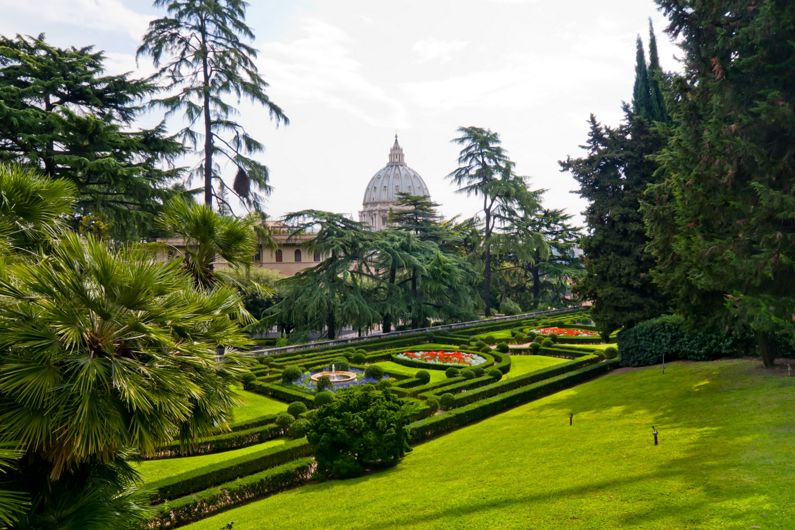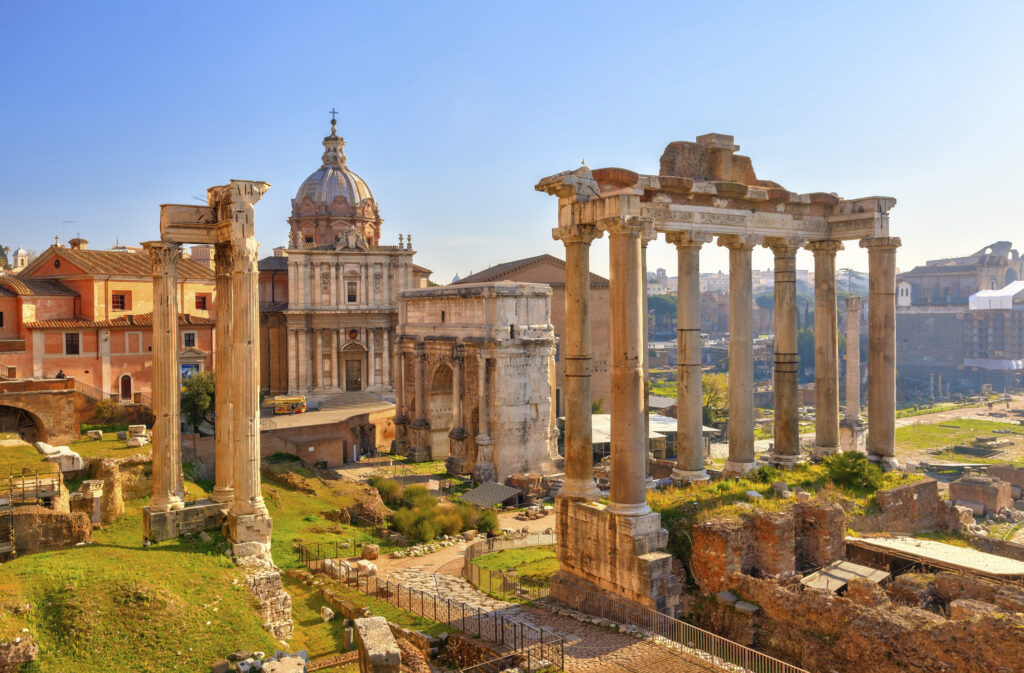
CONGRESS VENUE & HOTEL
A.Roma Lifestyle Hotel
The main conference hotel is the luxury four-star hotel, A.Roma Lifestyle Hotel and Conferencing Centre.
This is also the main event space for the annual congress.
Hotel Website: https://www.hotel-aroma.com/en/
Imagine a meeting, a holiday or weekend in Rome,
framed in an elegant and refined setting, experiencing the Eternal City in a luxury hotel nestled in nature,
only 15 minutes’ drive away from the Vatican and the historic centre.
This is A.Roma Lifestyle Hotel, your urban resort in Rome.
CRSA Room Block Rate
Double Use Single EUR 150 per night
Queen-size Bed or Double room EUR 175 per night
Taxes and Breakfast included
City tax Non included (EUR 6 for Day)
Reservation Contacts
+39 0687812812
Email booking.aroma@ldchotels.com
For Online hotel booking
https://reservations.travelclick.com/98320?groupID=3621948
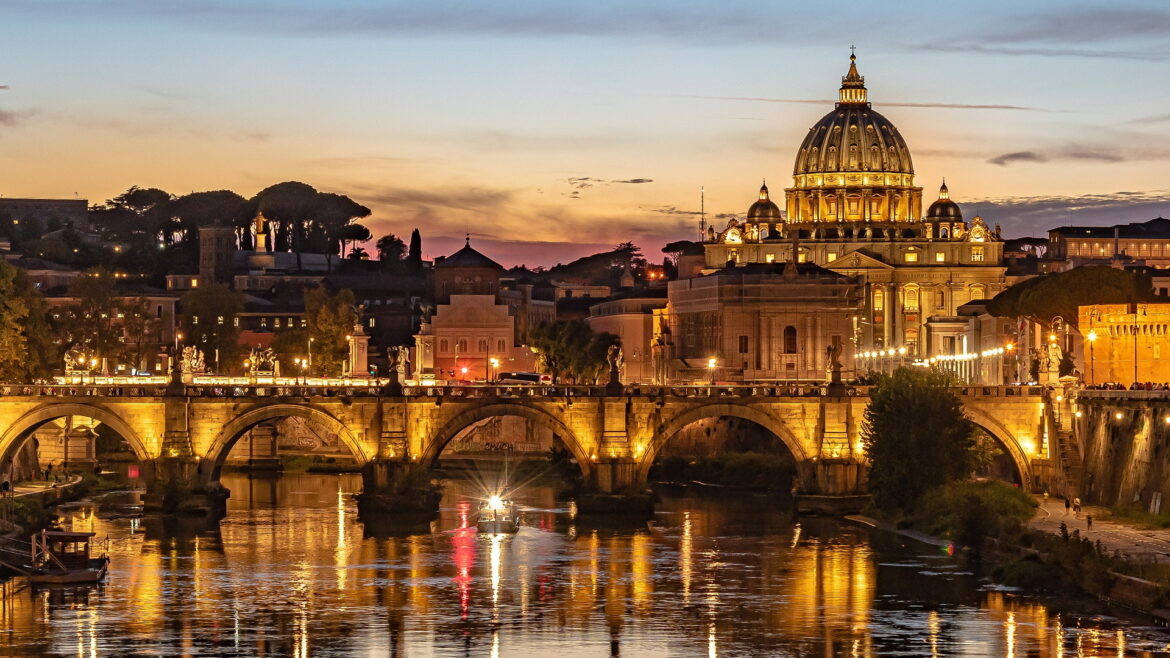
The seven hills and the birth of Rome (753 BC)
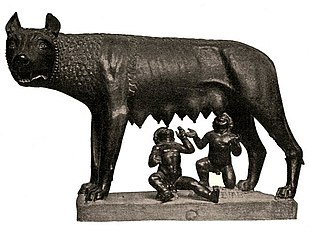
Legend has it that the birth of Rome is due to Romulus and Remus, the twin sons of Rhea Silvia and the god Mars, abandoned and nursed by a She-wolf and finally adopted by the shepherd Faustolo and Acca Larentia, his wife. Once they grew up, the twins decided to found a city: to determine who should govern, they entrusted themselves to the will of the gods through the flight of augural birds. From the Aventine Hill, Remus saw six vultures, while Romulus, from the Palatine, sighted twelve, becoming the first King of Rome in 753 BC.
From the Palatine Hill, the city would extend over the seven hills we all know: Palatine, Aventine, Campidoglio, Quirinale, Viminale, Esquilino and Celio.
The cultural and historical heritage of Rome
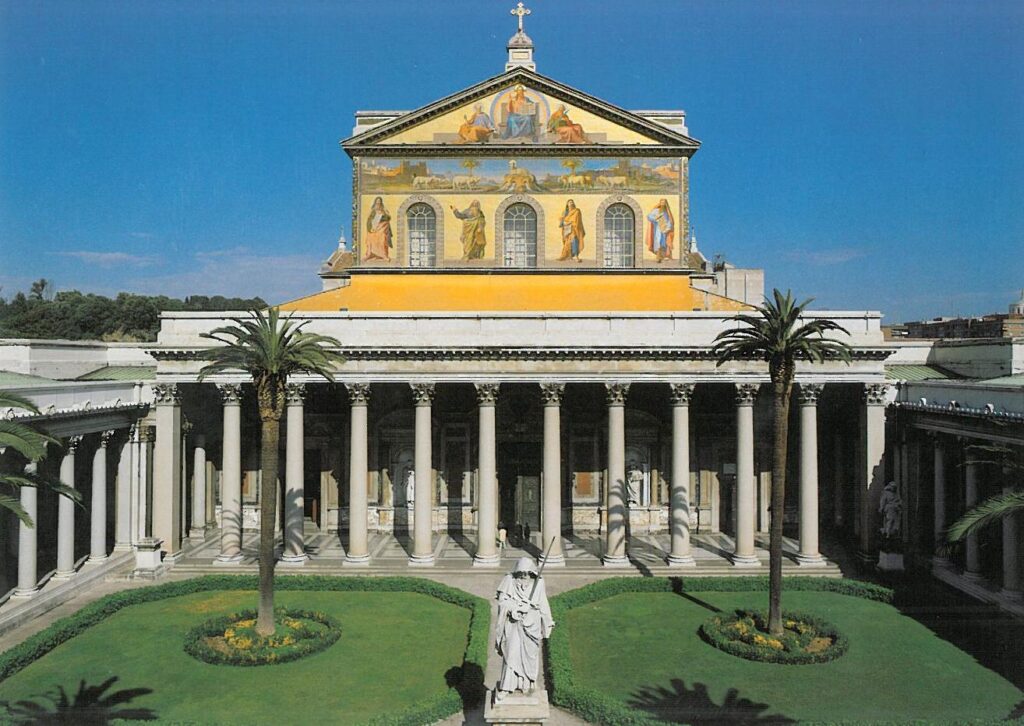
The imposing monuments, the hundreds of churches, and the spectacular fountains of Rome outline its incredible profile and make it the city with the highest concentration of historical, archaeological, and architectural heritage in the world, with over 16% of the world's cultural heritage and the 70% of the Italian ones.
Its historic center, delimited by the perimeter of the Aurelian Walls, is an overlapping of almost three millennia testimonies. In 1980, with the Basilica of San Paolo outside the Walls and the extraterritorial properties of the Holy See inside the city, it was included in the list of UNESCO World Heritage Sites.
Heart of Catholic Christianity, Rome is the only city in the world to host a foreign state, the enclave of the Vatican City: for this reason, it is often referred to as the "Capital of two States."
The 5 most visited monuments in Rome
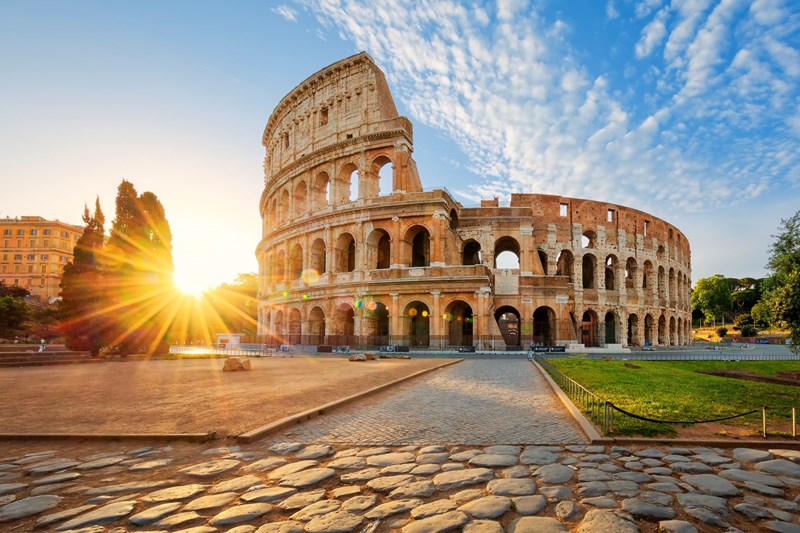
They are unmissable and, absolutely, you cannot miss them during your first visit to the Eternal City.
The Colosseum
The Pantheon
The Roman Forum and the Palatine Hill
The Trevi Fountain
Navona Square
But do not forget all the others! Browse through the pages of Turismoroma to create your tailor-made trip.
The natural areas of Rome
Rome is one of the greenest cities in Europe, a treasure trove of art dotted with parks and gardens, rich in lush vegetation and embellished with archaeological remains, sculptures, ponds, fountains, and splendid villas. Delightful green spaces, making Rome a city for all seasons: from magnificent blooms in spring to romantic foliage in autumn, from regenerating walks in winter to pleasant relaxation in summer.
In addition to the historic residences of the most prominent noble families such as Villa Borghese, Villa Doria Pamphilj, Villa Ada Savoia, and Villa Torlonia, Rome holds actual green lungs of historical, archaeological, and natural interest, such as the immense Appia Antica Regional Park. It also has ancient and suggestive panoramic points over the city, such as the Orange Garden, the Pincio, and the Janiculum Hill.
Some itineraries you cannot miss
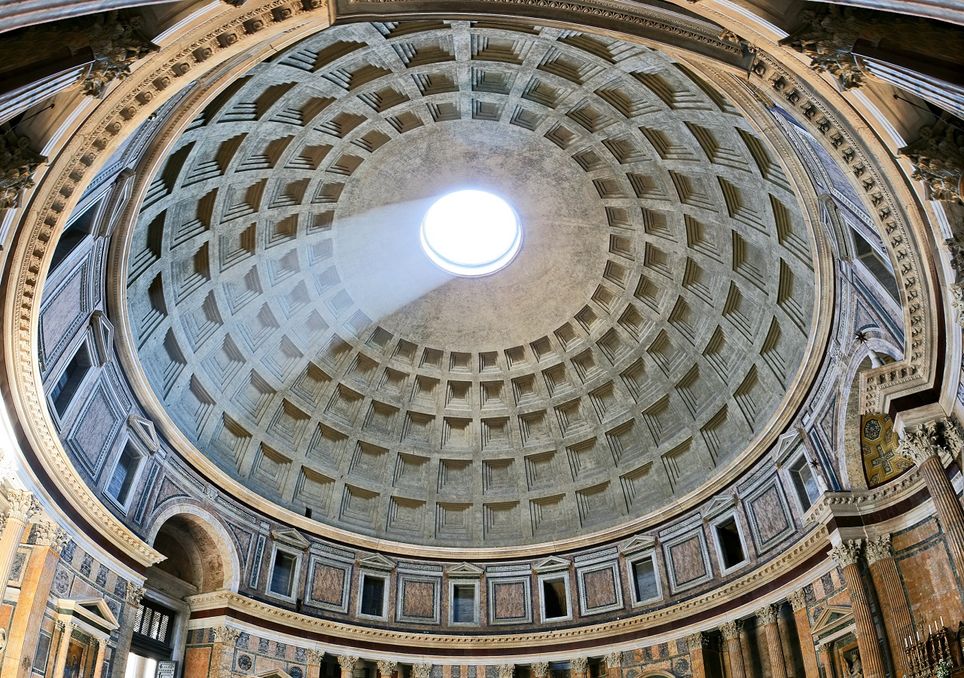
Rome in 48 hours
Roman holidays: Rome in 5 days
The great beauty
Take advantage of the thousand aspects of Rome and learn more about all the suggested itineraries based on the themes or the time available.
Why does the number 7 occur?
Take advantage of the thousand features of Rome and learn more about all the suggested themed or timed itineraries.
Number seven is a historically symbolic number for Rome. It represents the seven hills, the seven kings, the septemvirs, the seven magistrates or priests in charge of specific functions, the seven courts of the vigiles, the seven principal churches of the city, and the seven alphabet letters of the Roman numerals.
Around this evocative issue, we have created stories, curiosities, and itineraries on new and original sides of the city, its monuments, and its history.
The seven most curious fountains in Rome
Seven XS masterpieces
Seven different point of views to read Rome: the historical libraries
Seven Roman guild churches
Seven romantic things to do in Rome
Seven Nativity artworks: a gaze at the sacred heart of Rome
Seven traditional dishes for a real Roman lunch
The art of nicknaming in seven examples
Seven streets named after seven crafts and trades
Seven optical tricks in art: Rome and the magnificent deception in painting and architecture
The urban zoo: seven streets named after animals
Seven times a woman: a female gaze upon Rome
Following in Dante’s footsteps: seven places to visit in Rome
Seven sayings to discover Rome and the Roman dialect
All useful information
Here, you find the helpful information to visit Rome easily, experiencing everything the city offers to the fullest: from tourist-cultural cards to tourist information services, from access methods to places of culture and outdoors to how to get around by public transport and in safety.
Roma Pass
Tourist InfoPoints
Contact center
Rome for everybody
Newsletter
Wi-Fi in Rome
P.Stop
Map of Rome
Rome awaits you!







